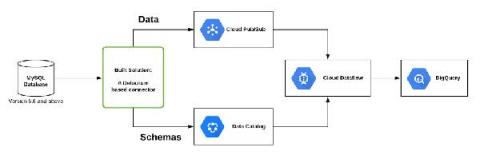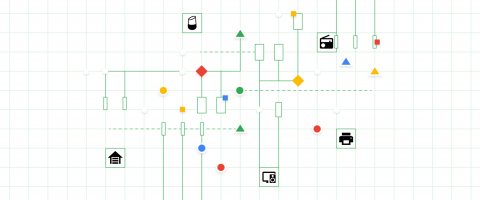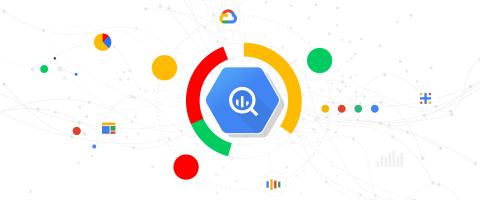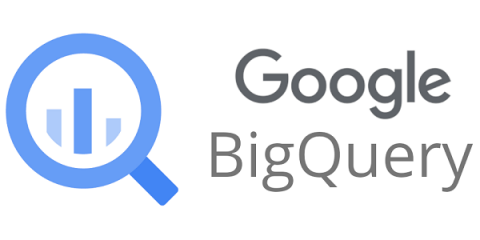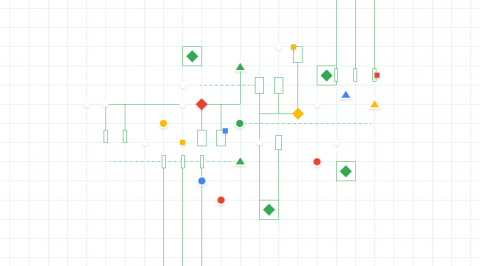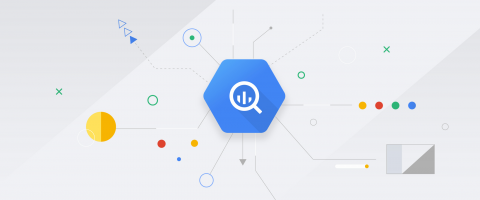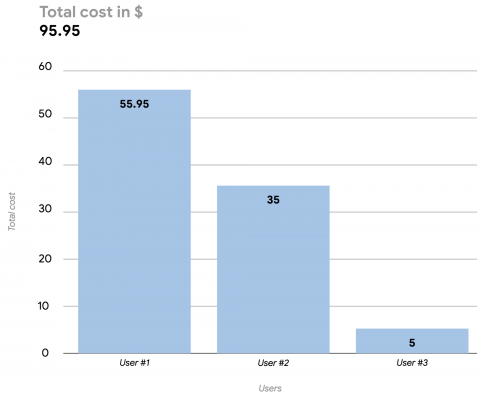How do I move data from MySQL to BigQuery?
In a market where streaming analytics is growing in popularity, it’s critical to optimize data processing so you can reduce costs and ensure data quality and integrity. One approach is to focus on working only with data that has changed instead of all available data. This is where change data capture (CDC) comes in handy. CDC is a technique that enables this optimized approach.


